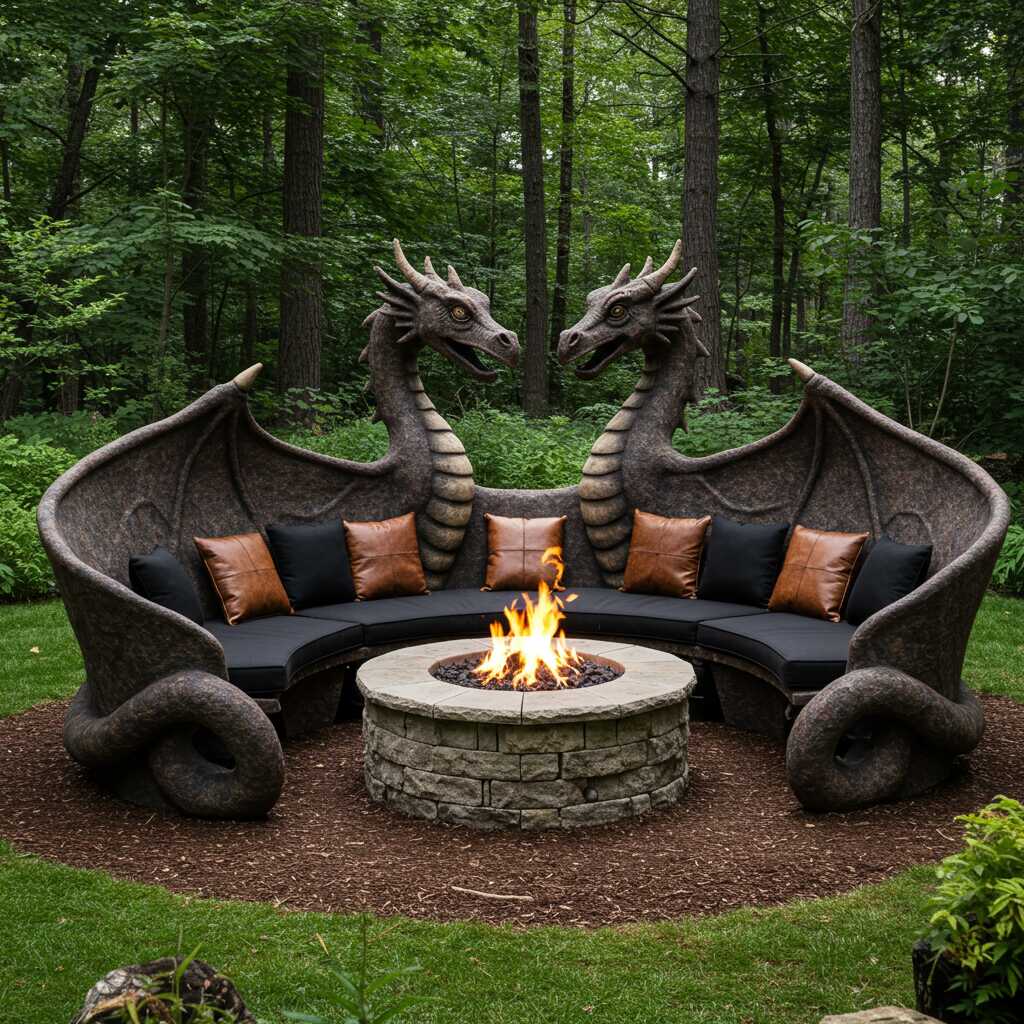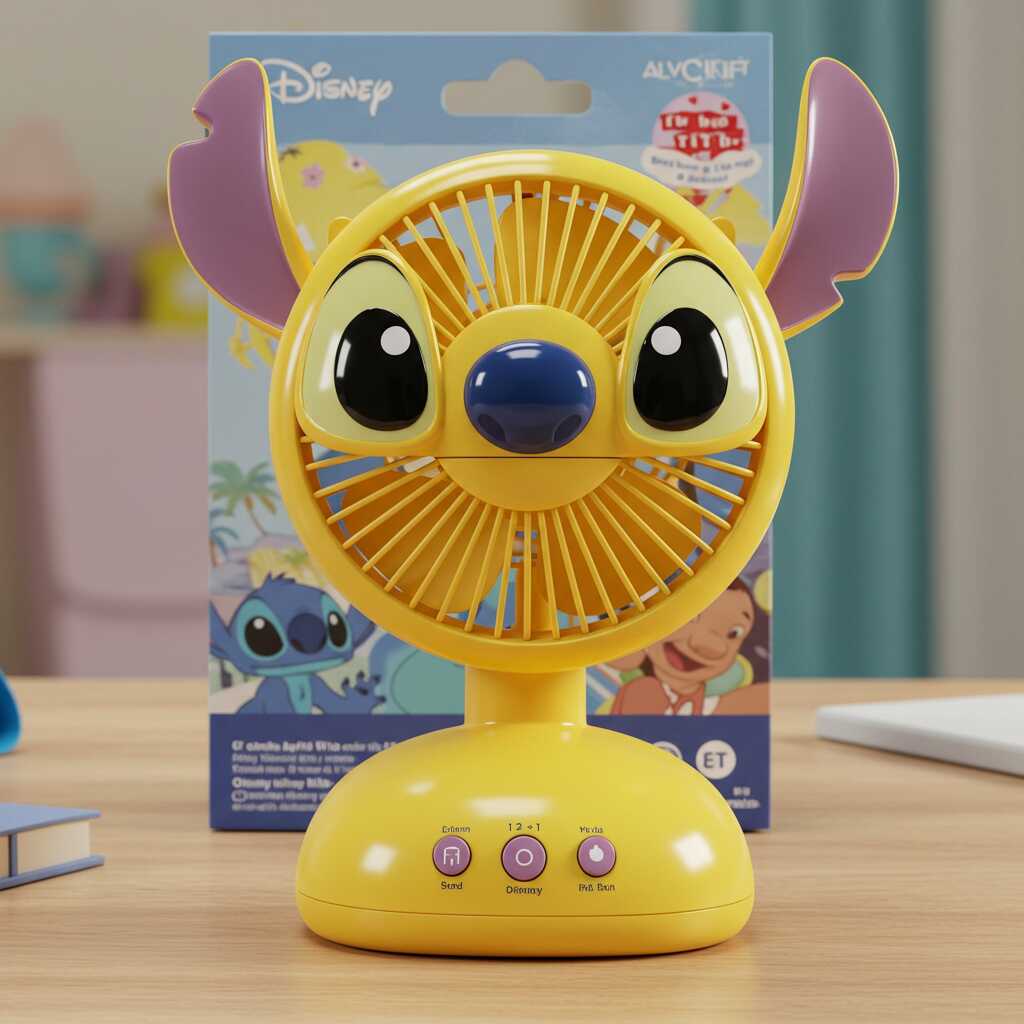Cats are naturally inclined to seek out spaces that provide them with a sense of security and comfort. Whether they curl up in a sunbeam, wedge themselves into tight corners, or burrow under blankets, their behavior reflects an innate need for sheltered environments. These tendencies can be traced back to their wild ancestors, who relied on concealed resting spots to evade predators and conserve energy. For modern domestic cats, replicating these natural shelters within the home is essential to fostering a sense of well-being. One way to achieve this is through the thoughtful design of cat beds that prioritize “bed integration cave cat bed.” This concept refers to how seamlessly a cat bed fits into its surroundings, both physically and aesthetically, creating an inviting and secure space that aligns with a cat’s instincts. Among the various types of cat beds available, cave-style designs stand out as particularly effective in meeting these needs. By focusing on the importance of bed integration for cave cat beds, we can better understand how to maximize comfort for our feline companions.
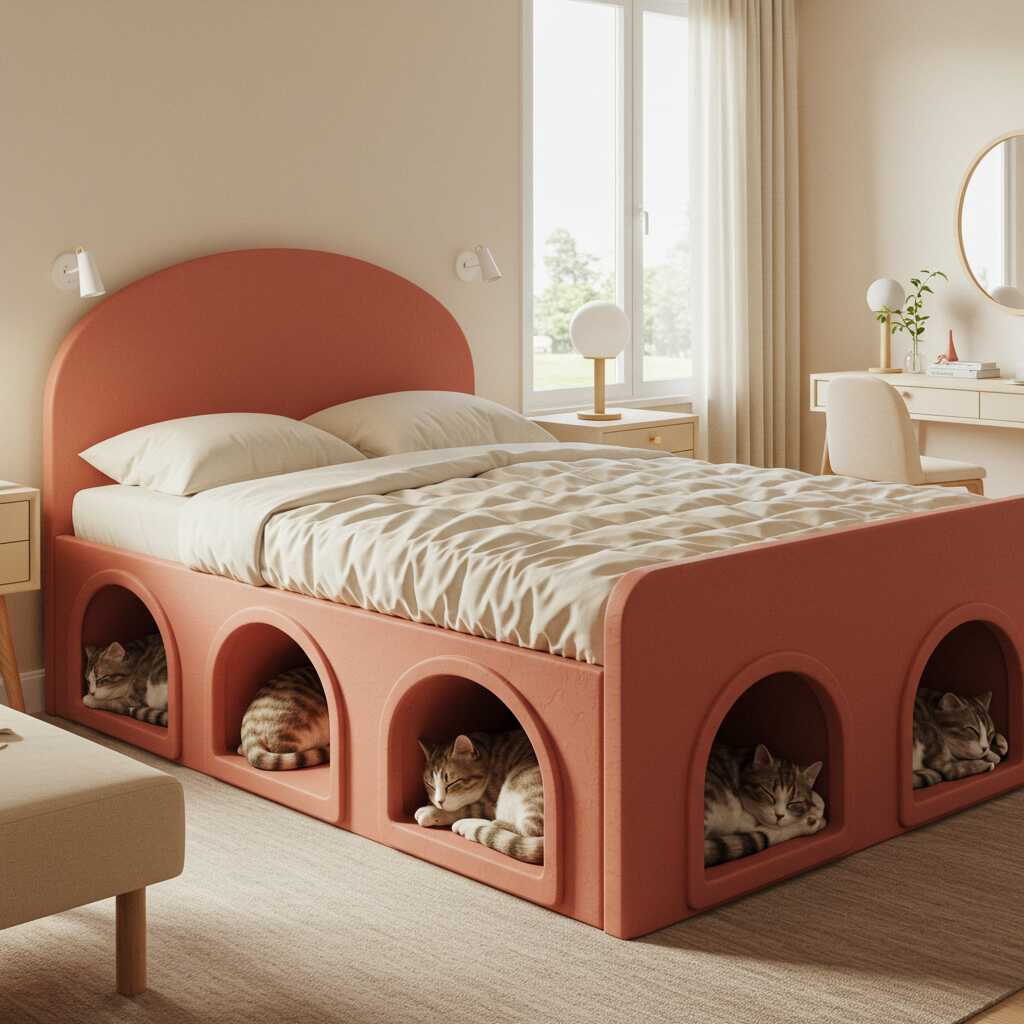
The Natural Need for Shelter: Understanding Cats’ Instinctual Preferences
To truly appreciate why bed integration is so crucial for cave cat beds, it’s important to delve into the evolutionary behaviors of cats. In the wild, cats are both predators and prey, which has shaped their instinctual preferences for specific types of resting environments. These preferences revolve around safety, concealment, and comfort—qualities that modern cave cat beds aim to emulate. Wild cats often seek out dens or enclosed spaces where they can retreat from potential threats while remaining hidden. These spaces not only protect them but also provide insulation, helping regulate body temperature during rest.
Domestic cats, though far removed from their wild counterparts, still exhibit these behaviors. They gravitate toward areas that mimic the sheltered nooks of their ancestors’ habitats. You might notice your cat squeezing into cardboard boxes, hiding under furniture, or curling up in the corner of a couch. These actions are driven by an ingrained need for security. Enclosed spaces allow cats to feel protected, reducing stress and anxiety. Additionally, such environments offer a sense of ownership—a small territory where they can retreat and feel in control.
When it comes to integrating a cave cat bed into your home, understanding these instincts is key. A well-designed cave bed taps into a cat’s natural inclination for snug, enclosed spaces. Unlike open beds or flat mats, cave-style designs provide walls or domes that create a cocoon-like atmosphere. This structure not only satisfies their need for physical boundaries but also enhances their emotional well-being. By offering a dedicated space that mirrors their instinctual preferences, cave cat beds become more than just a resting spot—they become a sanctuary. And when these beds are thoughtfully integrated into the home environment, they amplify the comfort and security that cats crave.
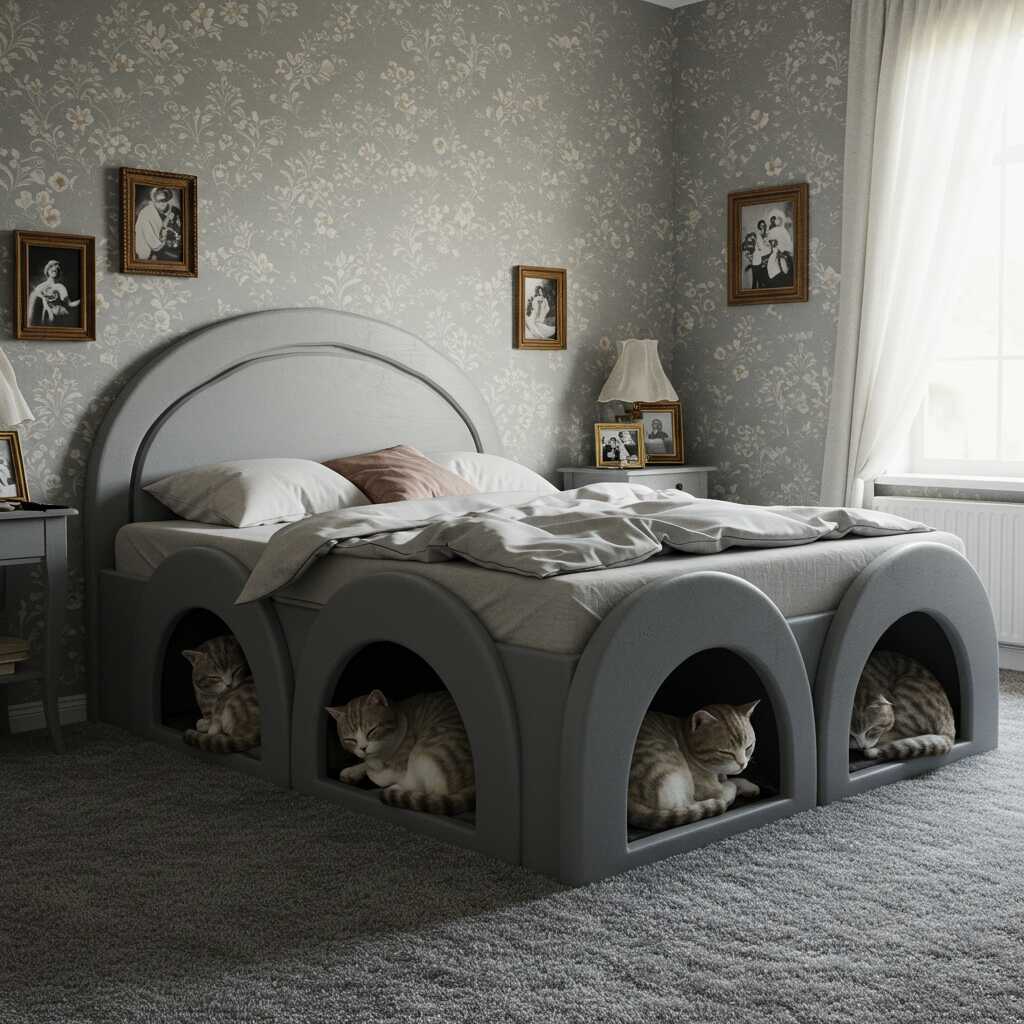
The Role of Bed Integration: Creating Harmony Between Space and Comfort
The concept of bed integration extends beyond simply placing a cave cat bed in a convenient corner of the room. It involves a thoughtful approach to ensuring that the bed complements both the physical layout and the aesthetic of the surrounding environment. When done effectively, bed integration transforms a cat bed from a standalone object into an organic part of the home, enhancing its appeal and functionality for your feline companion. For cave cat beds, this process is particularly significant because their enclosed design already sets them apart visually. Proper integration ensures that these unique structures blend seamlessly into their surroundings rather than appearing out of place.
One of the primary ways to achieve bed integration is through strategic placement. Cats thrive in environments where they feel connected yet unobtrusive. Placing a cave cat bed near a window allows your cat to enjoy natural light and observe outdoor activity, satisfying their curiosity while maintaining a sense of security. Alternatively, positioning the bed in a quiet, low-traffic area of the home creates a retreat-like atmosphere, ideal for rest and relaxation. Avoiding high-activity zones, such as hallways or busy living spaces, minimizes disruptions and reinforces the bed’s role as a safe haven. Thoughtful placement also considers the proximity to other household elements, like furniture or plants, which can enhance the bed’s visual harmony and make it feel like a natural extension of the space.
Lighting plays another critical role in bed integration. Cats are highly sensitive to their environment, and lighting can significantly influence their mood and behavior. Soft, diffused lighting creates a calming ambiance, encouraging your cat to use the bed more frequently. Harsh or overly bright lights, on the other hand, may deter them from settling down. If natural light isn’t sufficient, consider incorporating warm, artificial lighting nearby to create a cozy atmosphere. Dimmer switches or small lamps can help strike the right balance, making the cave bed an inviting option at any time of day.
Aesthetic considerations are equally important when integrating a cave cat bed into your home. A bed that clashes with the room’s decor may unintentionally draw attention away from its intended purpose, making it less appealing to your cat. Opt for designs that align with your interior style, whether that means choosing neutral tones for a minimalist look or selecting bold patterns for a more eclectic vibe. Fabric choices, textures, and even the shape of the bed should harmonize with the surrounding furnishings. For instance, a woven rattan cave bed might pair beautifully in a bohemian-inspired room, while a sleek, upholstered design could blend effortlessly into a modern setting. When the bed feels like a cohesive part of the room, it becomes a natural extension of the environment, encouraging your cat to claim it as their own.
Ultimately, successful bed integration ensures that the cave cat bed fulfills its dual purpose: providing comfort for your cat while blending seamlessly into your home. By considering factors such as placement, lighting, and aesthetics, you can create a space that resonates with your cat’s instincts and enhances their overall well-being. This thoughtful approach not only maximizes the utility of the bed but also strengthens the bond between your pet and their environment, reinforcing the idea that comfort and harmony go hand in hand.
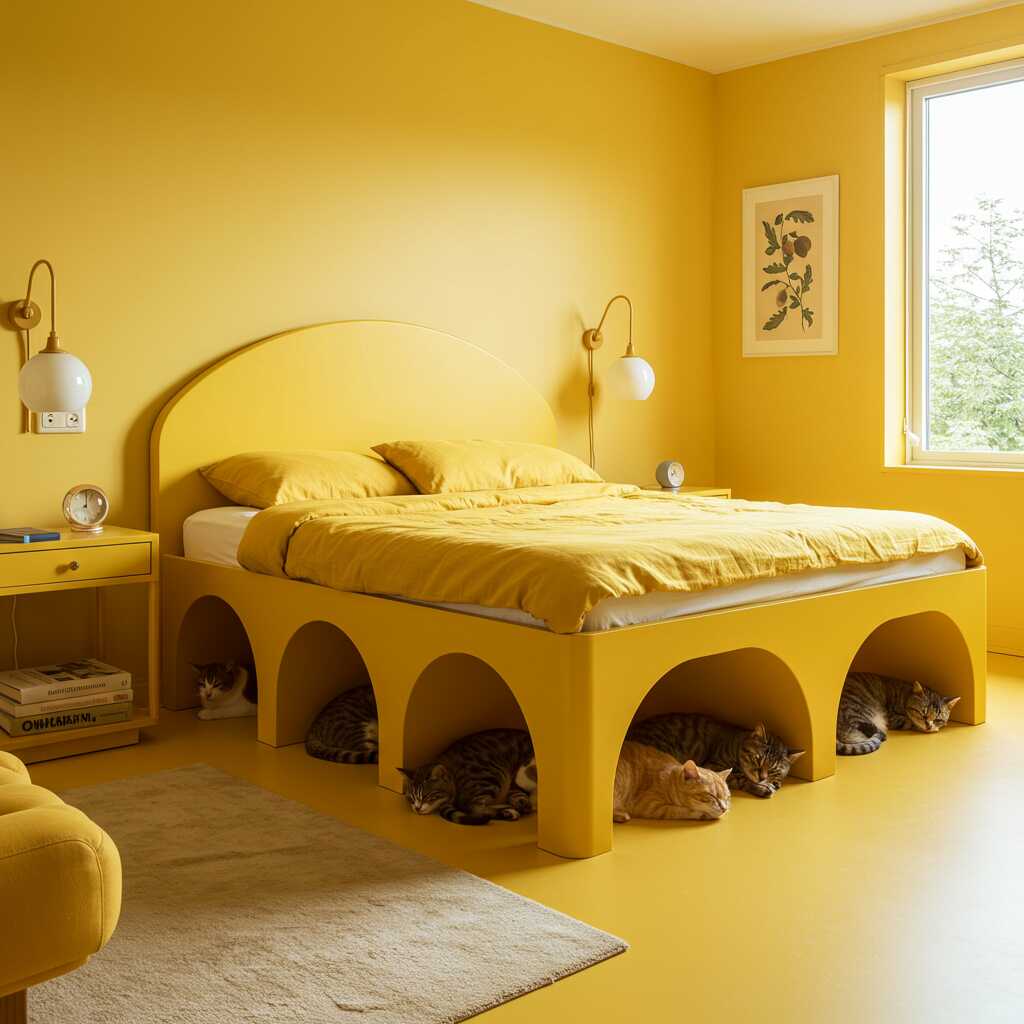
Psychological and Physical Benefits: How Integrated Cave Cat Beds Enhance Feline Well-Being
The psychological and physical benefits of using a well-integrated cave cat bed extend far beyond mere convenience. For cats, these beds serve as more than just a place to rest—they become sanctuaries that cater to their deepest needs for security, stress reduction, and physical health. By understanding how these elements intertwine, we can better appreciate why bed integration is so pivotal to maximizing the comfort of cave cat beds.
From a psychological perspective, the enclosed design of cave cat beds taps directly into a cat’s instinctual preference for confined spaces. These beds provide a sense of enclosure that mimics the protective dens their wild ancestors relied on, offering a retreat where they can feel shielded from perceived threats. This feeling of safety is instrumental in reducing stress and anxiety, particularly in multi-pet households or environments with frequent human activity. A well-integrated cave cat bed amplifies this effect by situating itself in a location that feels naturally secluded yet accessible, reinforcing the idea that the bed is a private, secure space. Over time, this consistent access to a stress-free zone can improve a cat’s overall mood and behavior, leading to a calmer and more content pet.
In addition to psychological benefits, cave cat beds also play a vital role in promoting physical health. The ergonomic design of these beds supports proper posture during sleep, which is crucial for maintaining joint and muscle health, especially in older cats or those prone to arthritis. The cushioned interiors cradle the body, distributing weight evenly and alleviating pressure points. Furthermore, the enclosed structure encourages cats to curl up, a position that helps them conserve body heat and maintain optimal warmth. This is particularly beneficial during colder months or for cats with thinner coats. When combined with strategic placement—such as near a source of natural light or in a draft-free area—the bed provides an environment conducive to restorative sleep, which is essential for energy conservation and immune system support.
The synergy between psychological reassurance and physical comfort underscores the importance of bed integration. A poorly placed or visually disjointed cave cat bed may fail to deliver these benefits, as it risks being overlooked or avoided by the cat. Conversely, a thoughtfully integrated bed becomes an indispensable part of their daily routine, fostering both mental tranquility and physical well-being. By prioritizing bed integration, we ensure that cave cat beds fulfill their full potential as tools for enhancing feline comfort and happiness.
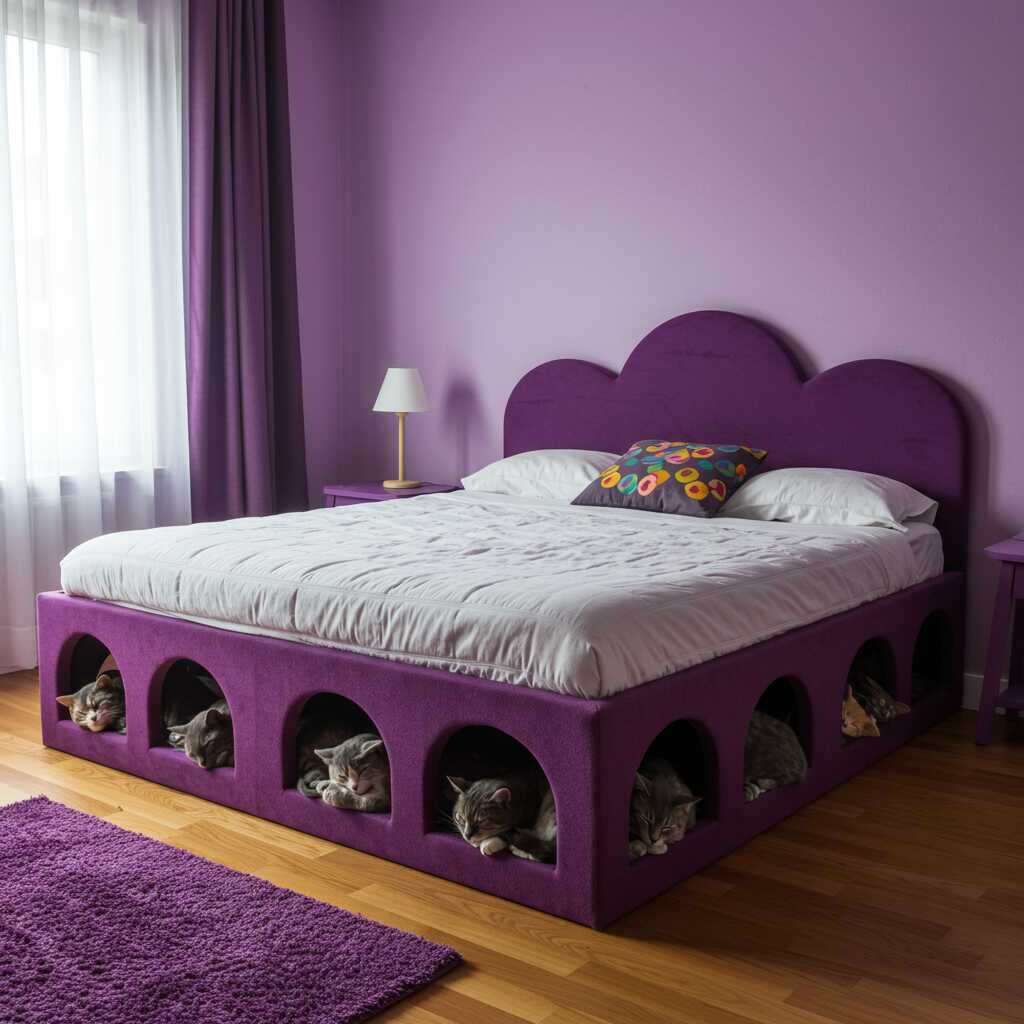
Customization and Personalization: Tailoring Cave Cat Beds to Individual Needs
While the fundamental design of a cave cat bed already aligns with feline instincts, taking the concept of bed integration a step further through customization and personalization can elevate its functionality and appeal. Every cat is unique, with distinct preferences, habits, and temperaments. By tailoring the cave cat bed to suit your cat’s individual needs, you can create a space that feels truly theirs, fostering a deeper sense of ownership and comfort.
Adapting to Your Cat’s Personality
Cats exhibit a wide range of personalities, from outgoing and curious to shy and reserved. Understanding your cat’s temperament can guide you in customizing their bed to better meet their needs. For instance, a more introverted cat may benefit from a darker-colored or fully enclosed cave bed placed in a secluded corner, providing maximum privacy. On the other hand, a sociable cat might prefer a semi-enclosed design positioned in a shared living space where they can still observe household activity while feeling secure.
Additionally, some cats enjoy vertical spaces, which give them a vantage point to survey their surroundings. If your cat exhibits this behavior, consider placing their cave bed on an elevated surface, such as a sturdy shelf or a dedicated cat perch. This not only caters to their preference for height but also integrates the bed into the vertical flow of your home’s design.
Incorporating Familiar Scents and Textures
Scent plays a crucial role in how cats perceive and interact with their environment. Cats are highly sensitive to smells and often seek out familiar scents to feel safe and secure. To enhance the appeal of a cave cat bed, incorporate elements that carry your cat’s scent, such as a soft blanket or cushion they already use. Over time, the bed itself will absorb these scents, making it even more inviting.
Textures are equally important when customizing a cave cat bed. Some cats prefer plush, soft materials, while others gravitate toward firmer surfaces. Experimenting with different textures—such as fleece, faux fur, or woven fabrics—can help you identify what your cat finds most comforting. Additionally, adding removable and washable covers allows you to refresh the bed regularly, maintaining hygiene without compromising the familiarity of the space.
Seasonal Adjustments for Year-Round Comfort
A well-integrated cave cat bed should adapt to the changing seasons to ensure year-round comfort. During colder months, layering the bed with thicker blankets or thermal inserts can provide extra warmth, making it an even cozier retreat. In warmer weather, opt for breathable, lightweight materials that allow for better airflow, preventing overheating.
Seasonal adjustments can also involve repositioning the bed to account for shifts in temperature and light. For example, moving the bed closer to a sunny window in winter can help your cat soak up natural warmth, while relocating it to a shaded area in summer ensures they stay cool. These small yet thoughtful changes demonstrate how bed integration is an ongoing process that evolves with your cat’s needs and environmental conditions.
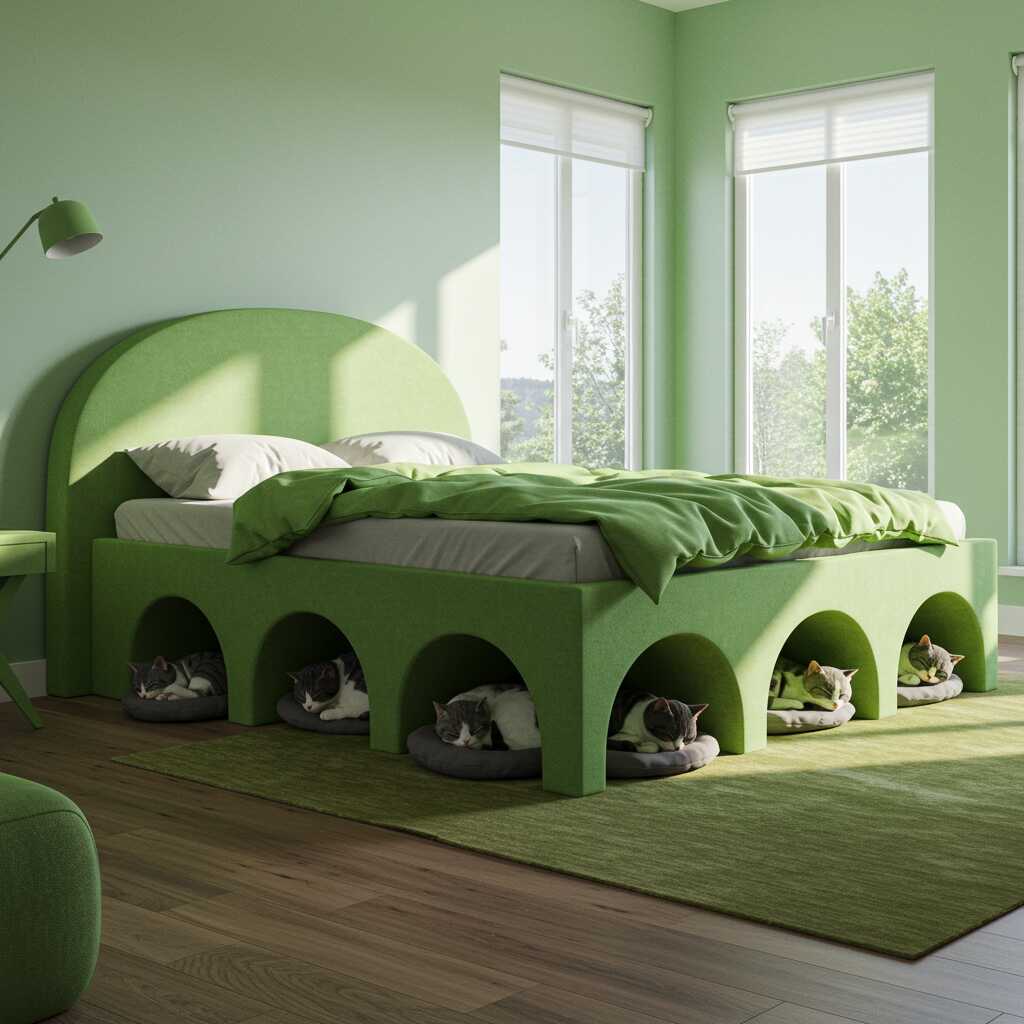
Encouraging Use Through Positive Associations
Sometimes, even the most thoughtfully designed cave cat bed may require a little encouragement to become a favorite spot. Creating positive associations with the bed can make all the difference. Start by placing treats, toys, or even a sprinkle of catnip inside the bed to entice your cat to explore it. Spending time near the bed yourself—whether reading, working, or simply relaxing—can also signal to your cat that the space is safe and welcoming.
Another effective strategy is incorporating interactive elements into the bed’s surroundings. For example, hanging a feather toy or installing a small scratching post nearby can make the area more engaging and appealing. These additions not only enhance the bed’s functionality but also reinforce its role as a central hub for your cat’s activities.
The Role of Multi-Cat Households
In homes with multiple cats, customization becomes even more critical. Each cat may have different preferences for resting spots, and competition for prime locations can lead to stress or territorial disputes. Providing multiple cave cat beds, each tailored to the specific needs of individual cats, ensures that everyone has a designated space to call their own.
For instance, one cat may prefer a bed placed high up on a cat tree, while another might favor a ground-level option tucked away in a quiet nook. By considering the dynamics of multi-cat households and customizing accordingly, you can promote harmony and reduce conflict, ultimately enhancing the comfort and well-being of all your feline companions.
Conclusion: Elevating Comfort Through Thoughtful Bed Integration
In exploring the intricate relationship between cats and their environment, it becomes clear that bed integration is not merely an aesthetic consideration but a cornerstone of feline comfort. Cave cat beds, with their enclosed designs, offer unparalleled opportunities to meet cats’ instinctual need for security and coziness. However, their true potential is unlocked only when these beds are thoughtfully integrated into the home. Strategic placement, harmonious aesthetics, and attention to lighting all play pivotal roles in transforming a simple bed into a sanctuary that resonates with a cat’s natural inclinations.
By embracing bed integration, we honor the evolutionary behaviors and psychological needs of our feline companions. A well-integrated cave cat bed becomes more than just a piece of furniture—it evolves into a retreat that nurtures both body and mind. As caregivers, this approach allows us to create spaces where cats can thrive, underscoring the profound impact of thoughtful design on their quality of life. Ultimately, prioritizing bed integration for cave cat beds is an investment in the comfort, happiness, and well-being of the cats we cherish.

